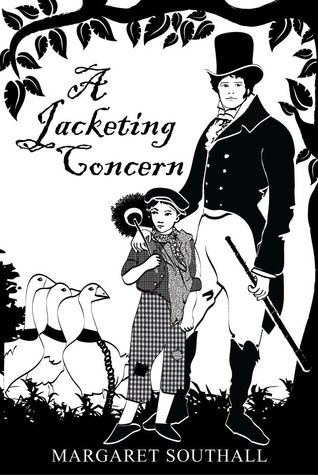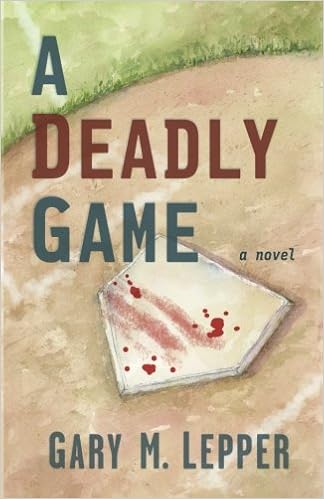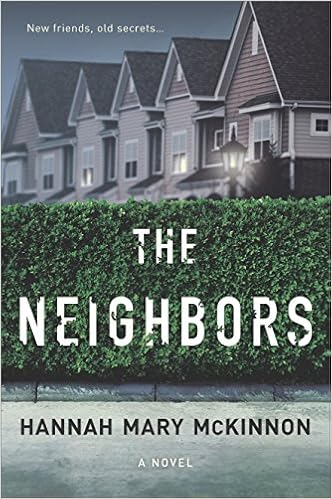 |
The Break by Katherena Vermette,
represented by Marilyn Biderman |
Note: Don't ever miss a post on Quick Brown Fox. Fill
in the “Follow Brian by Email” box in the right-hand column under my bio, and
get each post delivered to your Inbox. Also, if you’re not yet on my
newsletter, send me an email, including your locale, to: brianhenry@sympatico.ca ~Brian
There are
some big changes at Transatlantic
Literary Agency, including the hiring of a new agent, Marilyn.
Marilyn Biderman has joined Transatlantic as a senior literary agent. She will close her own firm, bringing
her current roster of authors, including Katherena Vermette (The Break), to Transatlantic.
Marilyn Biderman Literary Management was established in 2010, following Marilyn’s
tenure as vice-president, rights and contracts, at McClelland & Stewart.
While at M&S, Biderman sold internationally the works of authors such as
Leonard Cohen, Alistair MacLeod, Anne Michaels, and Madeleine Thien.
Marilyn is seeking literary fiction;
sweet-spot fiction, that is, accessible but literary in intent (often found at
book clubs); straight-up mysteries and thrillers; and women’s commercial and
historical fiction.
“I love memoir with an utterly unique story
and brilliant writing; narrative non-fiction on compelling and newsworthy
topics that anticipate trends; expert nonfiction of wide appeal from authors
with established social media platforms; and biographies of fascinating lives,”
says Marilyn. “I don’t handle children’s books, except for young adult novels
with cross-over appeal (very selectively, and only by referral); or poetry,
screenplays, science fiction, paranormal, and fantasy for adult readers.”
She
welcomes both debut and established authors and diverse voices.
Attach a brief sample of
your work (up to 1,500 words) as a Word of PDF file.
Transatlantic also has
ten other literary agents accepting clients, both adult and children’s authors.
See the full list and detailed submission information here.
In other news, Transatlantic
co-founder and president David Bennett has sold his controlling interest
in the business to agency partner Samantha Haywood. Haywood, who joined the
agency in 2004, has been a partner since 2013, and was promoted to
vice-president last April. Bennett will serve as chairman emeritus, with
Lynn Bennett, the agency’s other co-founder, remaining as treasurer.
Also, Transatlantic has hired
Rob Firing to head up a new speakers division. Rob was formerly senior director
of publicity, communications and speakers’ bureau at HarperCollins Canada. Rob will negotiate speaking engagements for
both Transatlantic authors and other
talent, and if any of that other talent needs a literary agent, Rob will do
that, as well. He’s already signed Paulette Bourgeois (Franklin the Turtle) and
HaprerCollins Canada authors Karen Le Billon (French Kids Eat Everything) and Zarqa Nawaz (Little Mosque on the Prairie)
to the agency’s speakers’ bureau.
 |
| Simon & Schuster editor Patricia Ocampo |
If you’re
interested in and finding an agent or publisher (someday soon or down the
road), don’t miss our “How to
Get Published” mini-conference,
with literary agent Martha Webb, author Hannah McKinnon, and HarperCollins
editor Michelle Meade on Saturday, Nov 18, in Guelph (see here).
You’ll also want to
register for the “From the Horse’s Mouth” seminar, with literary agent Stacey Donaghy, House of Anansi Press
editor Douglas Richmond, and Simon & Schuster managing editor Patricia
Ocampo on Saturday, Dec 2 at Ryerson University in Toronto (see here).
Also, starting soon, Brian Henry is leading a full range of writing courses, introductory
to advanced, but at this point, only two classes still have space:
Welcome to
Creative Writing, Thursday afternoons, Sept 28 – Nov 30, in Burlington.
See here.
Writing Kid Lit, Thursday mornings, Oct
5 – Nov 30, in Oakville, with guest authors Sylvia McNicoll and Jennifer
Mook-Sang. See here.
Brian is also leading a “Writing
Kid Lit” Saturday workshop, on November 11 in London (see here).
And be sure not to
miss the “Writing a Bestseller”
workshop with New York Times #1
bestselling author Kelley
Armstrong on Saturday, Oct 21, in Oakville
(see here).
 |
| Anansi editor Douglas Richmond |
Also, in the fall,
Brian will lead a “How to
Make Yourself Write” workshop
on Saturday, Oct 14, in Toronto (see here), a “Secrets of Writing a Page-turner” on Saturday, Oct 28, in Caledon at the Bolton
Library (see here), “Writing with Style” on Saturday, Nov 4, in Barrie (see here)
and “How to Build Your Story” on Saturday, Nov 25 in Burlington (see here).
For more information or to reserve a spot in any workshop,
retreat, or weekly course, email brianhenry@sympatico.ca
Read reviews of Brian’s courses and workshops here.
See
Brian’s complete current schedule here, including writing workshops and creative writing
courses in Algonquin Park, Bolton, Barrie, Brampton, Burlington, Caledon,
Georgetown, Guelph, Hamilton, Ingersoll, Kingston, Kitchener, London, Midland,
Mississauga, Oakville, Ottawa, Peterborough, St. Catharines, Saint John, NB,
Sudbury, Thessalon, Toronto, Windsor, Woodstock, Halton, Kitchener-Waterloo,
Muskoka, Peel, Simcoe, York Region, the GTA, Ontario and beyond.
Navigation
tips: Always check out the labels
underneath a post; they’ll lead you to various distinct collections of
postings. Also, if you're searching for a literary agent who represents a
particular type of book, check out this post.











